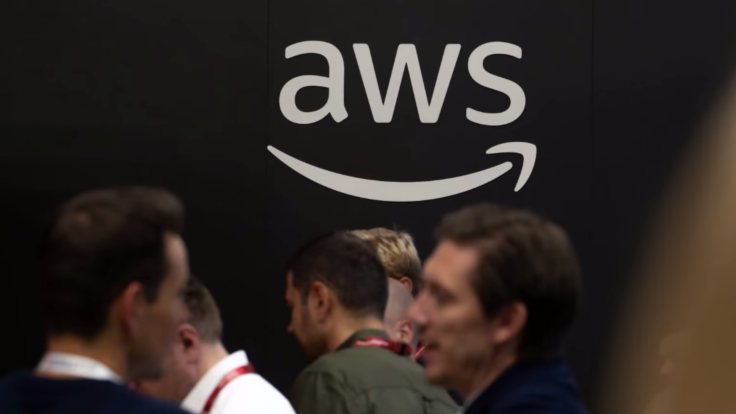Snapchat, Canva, and Roblox All Crash at Once: AWS Outage Exposes a Scary Truth

When cloud giant Amazon Web Services (AWS) falters, it's not just one website that disappears—it's a large slice of the internet.
On 20 October 2025, multiple platforms including Snapchat, Canva and Roblox went offline as AWS's US-East-1 region suffered DNS and service failures.
The incident lays bare how much of our online world relies on a small handful of infrastructure providers—and how quickly the dominoes fall when one buckles.
According to the Associated Press, the outage began around 3 a.m. ET when AWS reported 'increased error rates and latencies' across multiple services. Users of Snapchat, Roblox, Fortnite and others surged to reporting platforms such as Downdetector.
Media tracking of the incident showed that apps including Canva and Duolingo were also severely affected, as noted by outlets such as The Independent and TechRadar while the National World pointed to AWS infrastructure as the root cause.
Cause and Geography Of the Failure
AWS confirmed that the issue originated in its US-EAST-1 region (Northern Virginia) and stemmed from a problem in DNS resolution of its DynamoDB API endpoint.
According to TechRadar's live coverage, problems began at about 2.40 a.m. ET (7.40 a.m. BST) and rapidly propagated as systems depending on AWS were knocked offline.
A Norwegian media outlet cited AWS's own status updates showing elevated error rates in region US-EAST-1 and confirmed dependencies such as educational login service Feide were also affected.
Impacts Across Sectors
While the outage was most visibly felt in social-media and gaming apps, its ripple effects extended to banking, telecommunications, and government services.
Reuters reported that in the UK institutions including HM Revenue & Customs (HMRC), Lloyds Bank and the Bank of Scotland logged service disruptions.
TechRadar noted that services as diverse as Wordle, Strava and Ring door-bells struggled, underscoring how deeply integrated AWS infrastructure is in daily digital life.
Recovery and Status
By late morning UK time, AWS reported that most services were returning to normal. The company said it was 'seeing significant signs of recovery' and that while the underlying issue had been mitigated, some residual delays and back-logged requests remained, according to The Guardian.
However, The Independent cautioned that while the root cause may be resolved, the effects would continue to propagate through the system and some users could still face issues throughout the day.
Why This Matters
The outage illustrates a critical truth about the modern internet: when one major provider falters, a large portion of the ecosystem can go offline.
As one expert told The Independent, 'This is a significant outage because of how many companies rely on Amazon and the global scale of the impact.'
For everyday users it meant being unable to log into favourite apps; for businesses and governments it meant confronting the risks of relying on a single cloud platform.
What Users and Companies Can Learn
- Users: The interruption is a reminder that services can fail even when provided by major platforms.
- Organisations: For companies that rely on cloud services, this may be a catalyst to revisit disaster-recovery plans, diversify infrastructure, and consider multi-cloud models.
- Policy makers: The incident may prompt renewed examination of digital-infrastructure resilience and the concentration risk posed by a handful of dominant cloud firms.
Monday's outage serves as a wake-up call that while cloud-based systems bring agility and scale, they also concentrate risk. When the backbone wobbles, much of the online world shakes.
© Copyright IBTimes 2025. All rights reserved.





















